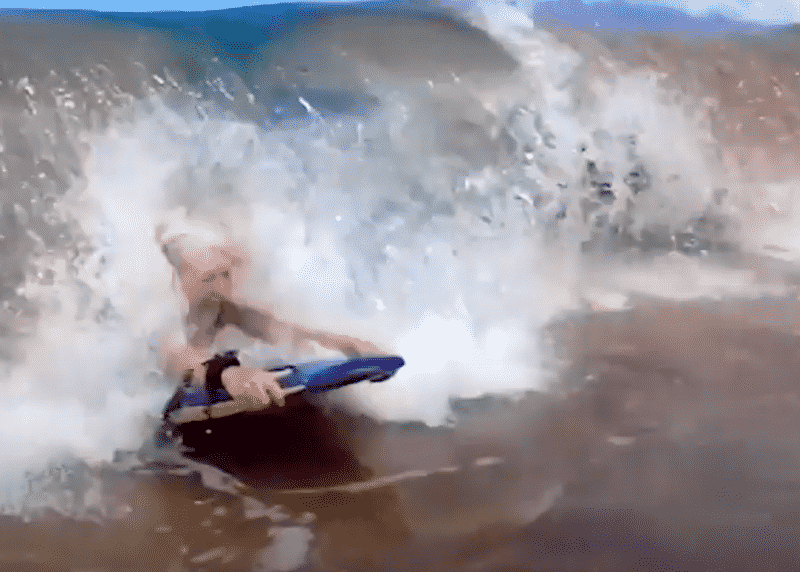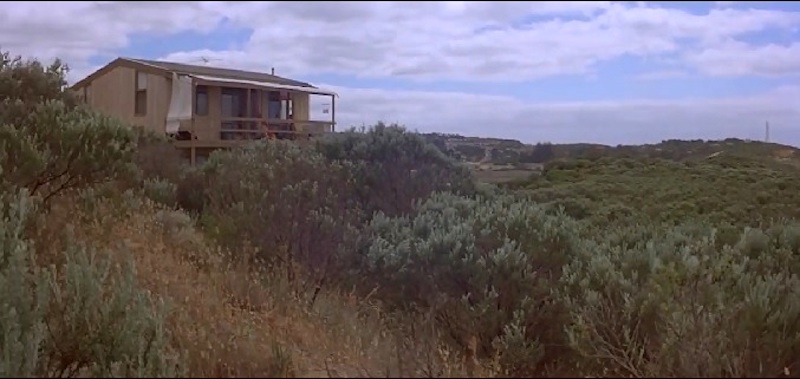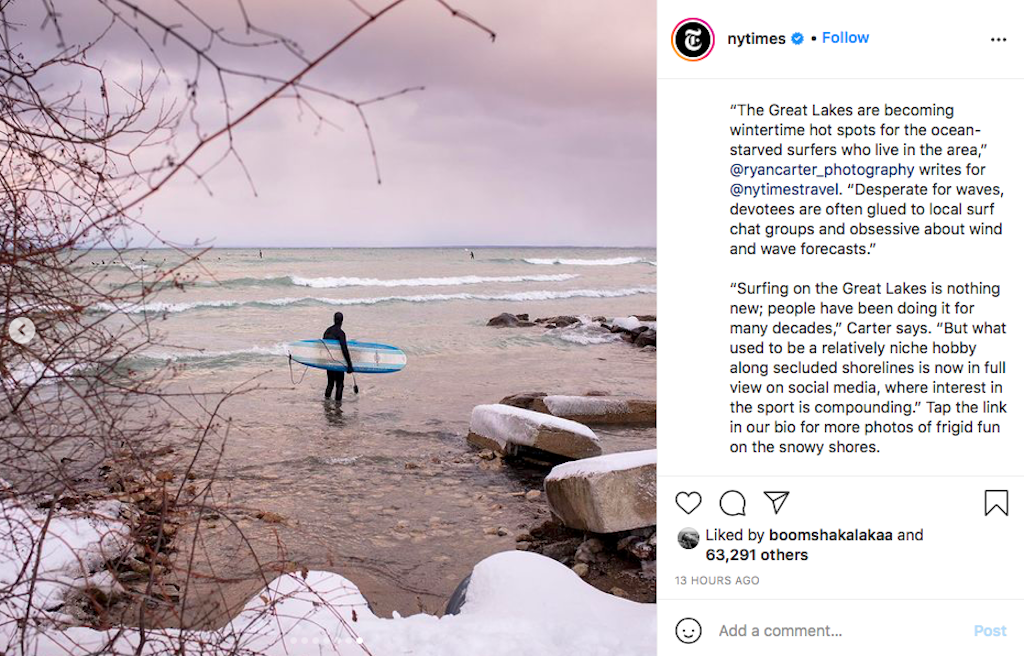Big Trouble etc.
Three years ago, the book Cocaine + Surfing: A Love Story (buy here) was released with its extremely controversial claim that surfing was likely born in beautiful Peru. Conventional wisdom had long been that our favorite dance grew in Polynesia and spread from there. Cocaine + Surfing posited since there were no native coca on any of the islands it is very unlikely that anyone would have had the desire to slide waves without the magic plant.
Smart.
Italian surf historian has just made an even more extremely controversial claim. Surfing, he says, did not begin in Polynesia nor Peru but rather China.
Nicolla “Nik” Zanella stumbled on his discovery in 2006 while visiting a Buddhist temple in Kunming in the southern Yunnan province. There he saw a 19th century bas-relief depicting a group of arhats, or those who have reached Nirvana, out amongst the waves.
One, in particular, stood out.
“The guy was standing up, his pose was exactly what we teach – back foot flat, front foot at a 45-degree angle, looking 5m in front of the board. And his face – he looked stoked,” Zanella told the South China Morning Post.
It was so captivating that he climbed down 5000 years of Chinese literature, finding Song Dynasty poet Zhou Mi’s work on the way. Zanella translates, “Hundreds of brave watermen … with unfastened hair and tattoos, holding coloured flags, race to the water … they paddle towards the oncoming waves … then they leap up and perform a hundred manoeuvres without getting the tail of their flags even slightly wet. This is how they show off their skill. Hence the nobles reward them with silver prizes.”
Very WQS.
The poem went on, “They gather in a group of a hundred, holding coloured flags, and compete in treading waves. They head straight to the river mouth to welcome the tide. Moreover, there’s some who tread on drifting wood … performing hundreds of water tricks, having fun, each displaying great mastery.”
Etc.
The brave watermen with unfastened hair and tattoos were not riding ocean waves, however. They were theoretically surfing the large tidal bore in Hangzhou later made famous by Jamie O’Brien.
Extraordinarily cool though begs the question.
Is surfing’s true love story with opium not cocaine?
Much to ponder.









